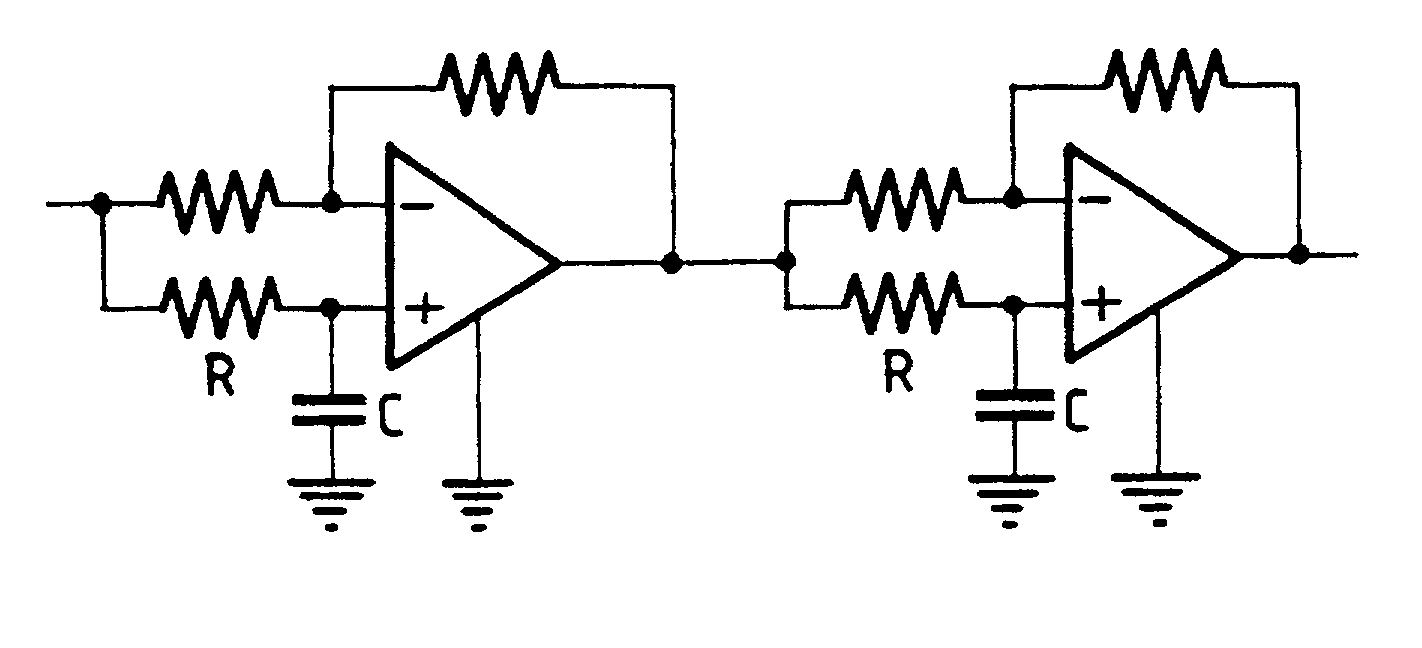Phase-linear wide band frequency conversion
a frequency conversion and phase-linear technology, applied in the field of phase-linear wide band frequency conversion, can solve the problems of insufficient attenuation of lo signal, increased filtering difficulty, unwanted image frequency band,
- Summary
- Abstract
- Description
- Claims
- Application Information
AI Technical Summary
Problems solved by technology
Method used
Image
Examples
Embodiment Construction
[0089] FIG. 1 of the drawings illustrates the prior art principle used by up-converting a baseband signal. According to this principle the baseband (BB) signal to be converted is split in two equal components B.sub.I and B.sub.Q for parallel processing in separate channels. The components are phase shifted to provide a 90.degree. phase difference, hence phase quadrature. The LO signal is processed in the same way, giving the components L.sub.I and L.sub.Q for I / Q mixing, one for each signal channel. In the first channel is thereby generated an RF in-phase component I, while a 90.degree. phase shifted RF quadrature component Q is generated in the second channel. Both these RF signal components will carry the wanted as well as the unwanted mixing product, although the former has the same phase in both channels. The unwanted RF signal component (the image), however, has mutually opposite phase in the two channels and will thereby be suppressed or cancelled when thereafter combined in a...
PUM
 Login to View More
Login to View More Abstract
Description
Claims
Application Information
 Login to View More
Login to View More - R&D
- Intellectual Property
- Life Sciences
- Materials
- Tech Scout
- Unparalleled Data Quality
- Higher Quality Content
- 60% Fewer Hallucinations
Browse by: Latest US Patents, China's latest patents, Technical Efficacy Thesaurus, Application Domain, Technology Topic, Popular Technical Reports.
© 2025 PatSnap. All rights reserved.Legal|Privacy policy|Modern Slavery Act Transparency Statement|Sitemap|About US| Contact US: help@patsnap.com



